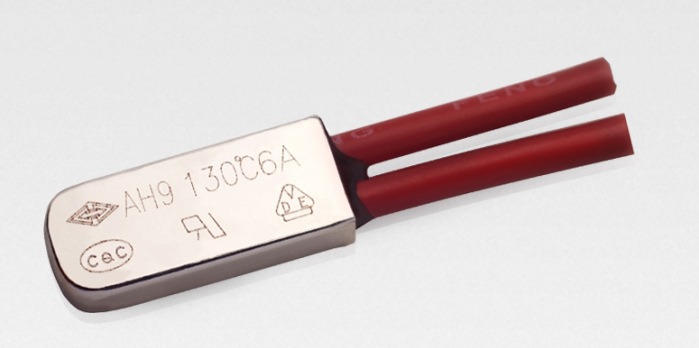In the production practice, the phenomenon of overheating and even burning of the windings caused by overloading or phase-off operation of the motor endlessly not only affects normal production, but also brings certain economic losses to the enterprise. Therefore, various motor overheat protectors came into being, and each has its own merits. Therefore, we will introduce a motor overheat protection circuit to the reader.
1. Circuit working principle
The circuit of the motor overheat protector is shown in Figure 49-1. It is composed of a temperature monitoring circuit and a control circuit.
In the picture, the diodes D1 ~ D4 form a bridge rectifier circuit. After DW voltage regulation and capacitor C1 filtering, the 12V DC power supply is provided to the temperature monitoring circuit. Thermistors Rt1, Rt2 with positive temperature coefficient and resistors R1, R2 form two voltage dividers, respectively, to provide the corresponding forward voltage to the OR circuit composed of diodes D1, D2. The single crystal tube BG and its surrounding components form a relaxation oscillator, and the voltage output when it is turned on is used to control the unidirectional thyristor. The thermistors Rt1 and Rt2 are embedded in any two windings of the motor to monitor whether the motor is overheated. When the motor is overloaded or off-phase operation, the current in the winding will inevitably increase, resulting in overheating. At this time, the thermistor buried in the winding will increase as the temperature increases, then the diode in the OR circuit D1 or D2 leads to charge capacitor C2. When the charging voltage on C2 rises to the peak voltage of the single crystal tube, the BG tube is turned on, a voltage drop is generated on the resistor R4, a trigger pulse is output, and the thyristor SCR is turned on, and the relay J is electrically attracted, often When the closed contact J1 is opened and the power supply of the AC contactor KM is cut off, the closed contact KM1 of the AC contactor is operated, and the power supply of the motor is disconnected, and the motor overheat protection is realized. The three-phase power supply of the circuit shown in the figure is Y (star) connection, one phase is broken, and the other two-phase windings must be overheated, so only two thermistors need to be buried in any two-phase windings. If the motor winding is delta (triangle) connection, a thermistor should be buried in each phase winding, and a voltage divider and a diode should be added accordingly to form a three-or gate circuit.
The unidirectional thyristor SCR in the picture acts as a switch.
2. Component selection
J is a 12V DC relay, select TRX? F high sensitivity relay. Rt1, Rt2 are positive temperature coefficient thermistors. Its characteristic is that the resistance increases with the temperature rise. RZK? Type switch thermistor can be used. Its resistance depends on the ambient temperature used, generally 300 ~ 1000Ω is enough. The resistance R1, R2 can use 220kΩ potentiometer or fine-tuning resistance, which is convenient for temperature control. R3 is 510Ω, R4 is 200Ω, and R5 is 6.8kΩ. D1 ~ D6 are semiconductor diodes, 2CP12 or 1N4001 can be selected. DW is a voltage stabilizing diode, select 2CW21 and other types, the voltage stabilizing value is 12V. C1 capacity is 47μF, C2 capacity is 0.47μF. KM is an AC contactor. SCR is unidirectional thyristor, specification 1A /> 100V. Except for AC contactors and thermistors Rt1 and Rt2, all other components should be installed on the same circuit board. BG is a single crystal tube, choose BT33 or BT32. The thermistors Rt1 and R12 are buried in the corresponding windings of the motor and connected to the protector through the leads. When setting the temperature point, the resistance values of R1 and R2 should be adjusted in advance according to the temperature rise index of the motor insulation level.


